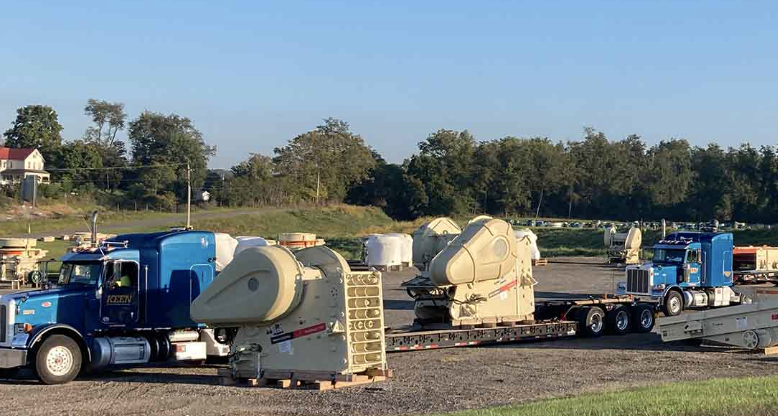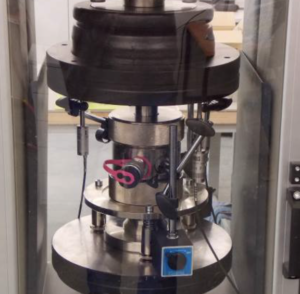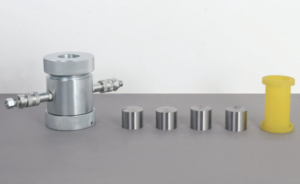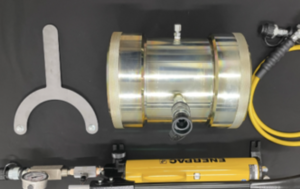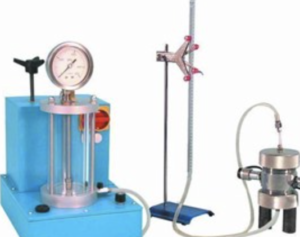What Is the Conclusion of the Jaw Crusher Experiment?
The jaw crusher experiment is a foundational exercise in material science and mechanical engineering, helping students and professionals understand the principles of comminution, mechanical efficiency, and particle size reduction. Through practical testing, it reveals how crushing parameters influence output characteristics. But what exactly does the experiment conclude? Let’s walk through the key points.
Understanding the Jaw Crusher Experiment
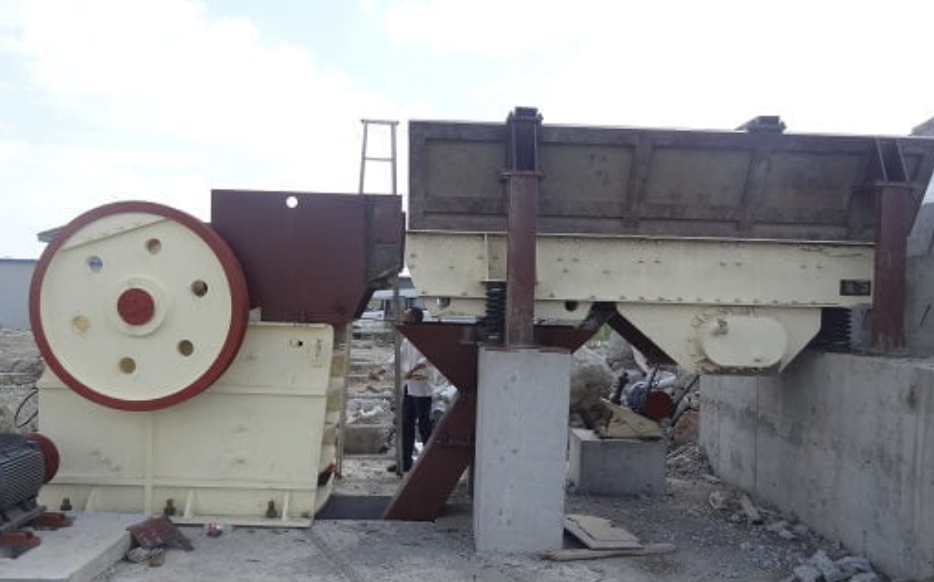
The jaw crusher experiment1 simulates real-world crushing operations in a controlled laboratory environment. The setup typically includes:
- A jaw crusher with adjustable discharge settings
- Feed material (usually coarse aggregates or rock samples)
- A sieve shaker for particle size analysis2
- A digital scale and stopwatch for calculating throughput and efficiency
By feeding the crusher with a known sample and collecting the crushed output, users gain insights into how materials fracture, compress, and reduce in size3 under mechanical force.
Objectives of the Experiment
The primary goal of the experiment is to analyze the performance and behavior of a jaw crusher4 under standardized conditions. Specific objectives include:
| Objective | Mục đích |
|---|---|
| Determine reduction ratio | Compare initial feed size with final product size |
| Study the effect of jaw gap variation | Observe changes in particle output due to discharge settings |
| Measure crushing efficiency5 | Analyze productivity and energy effectiveness |
| Understand equipment limitations | Identify where wear, clogging, or inefficiencies occur |
| Improve handling of material feed | Optimize uniformity in crushing operation |
This data is crucial for informing real-world process design and operational decisions6 in material handling and construction industries.
Key Observations and Data Analysis
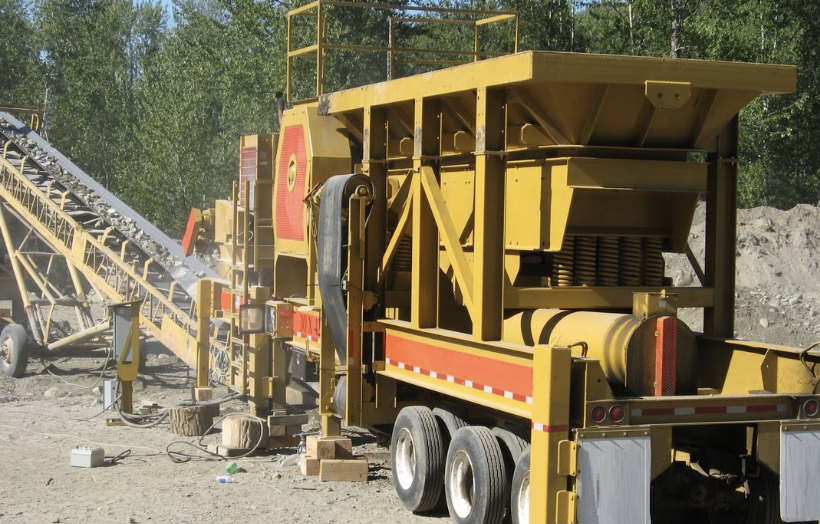
Once the crushing process is completed, output material is passed through a stack of sieves to determine size distribution7. Key data collected may include:
| Tham số | Example Value |
|---|---|
| Average feed size | 50 mm |
| Average product size | 10 mm |
| Reduction ratio | 5:1 |
| Crushing time8 | 2 minutes |
| Sample mass before & after | Measured for consistency |
Notable observations:
- Finer jaw settings lead to more uniform and smaller output
- Jaw wear is more noticeable with hard and abrasive samples
- Feed rate consistency affects output accuracy
- Crushed particles often show flaky or elongated shapes depending on material type
These findings help users better understand the trade-off between efficiency and product quality.
Conclusion of the Jaw Crusher Experiment
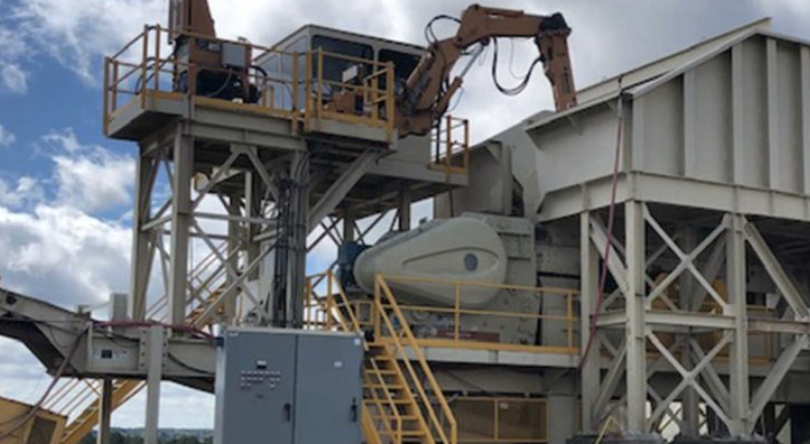
The jaw crusher experiment demonstrates that crushing is a highly controllable and efficient method for reducing particle size—especially when variables like jaw spacing, feed uniformity, and material hardness are managed properly. The experiment confirms that:
- Jaw crushers are effective for initial size reduction
- Reduction ratio and efficiency vary by material and machine setting
- Consistent input leads to predictable and uniform output
- Crusher performance can be optimized by adjusting operational parameters
Phần kết luận
The jaw crusher experiment validates the critical role of mechanical crushing in material preparation, offering practical insights into equipment behavior, performance metrics, and process optimization.
-
Exploring this resource will provide you with detailed insights into the experimental setup and its significance in material science. ↩
-
This link will help you understand the importance of particle size analysis in evaluating the efficiency of crushing processes. ↩
-
Understanding these mechanisms can enhance your knowledge of material behavior in crushing processes, crucial for optimizing operations. ↩
-
Understanding the performance and behavior of jaw crushers can enhance your knowledge of their operational efficiency and applications. ↩
-
Learning about crushing efficiency can help improve productivity and energy use in material processing operations. ↩
-
Exploring this topic can provide insights into effective strategies for optimizing material handling in various industries. ↩
-
Understanding size distribution is crucial for optimizing crushing operations and ensuring product quality. Explore this link for detailed insights. ↩
-
Crushing time impacts throughput and efficiency. Discover how to optimize it for better performance in your operations. ↩

